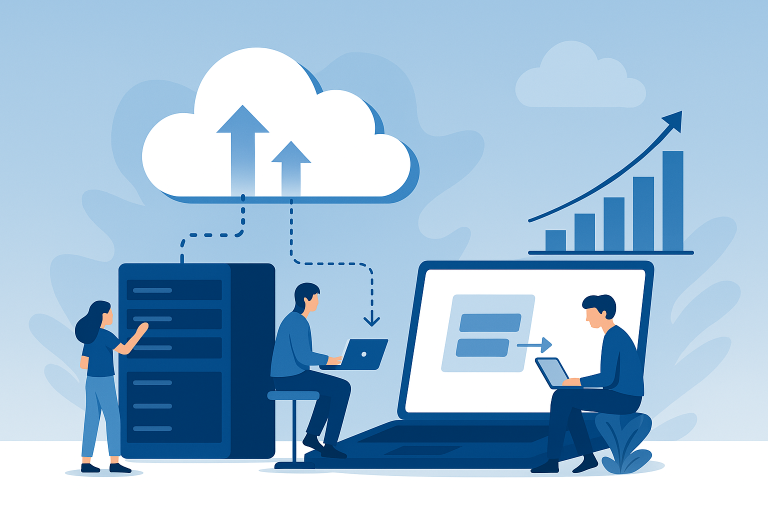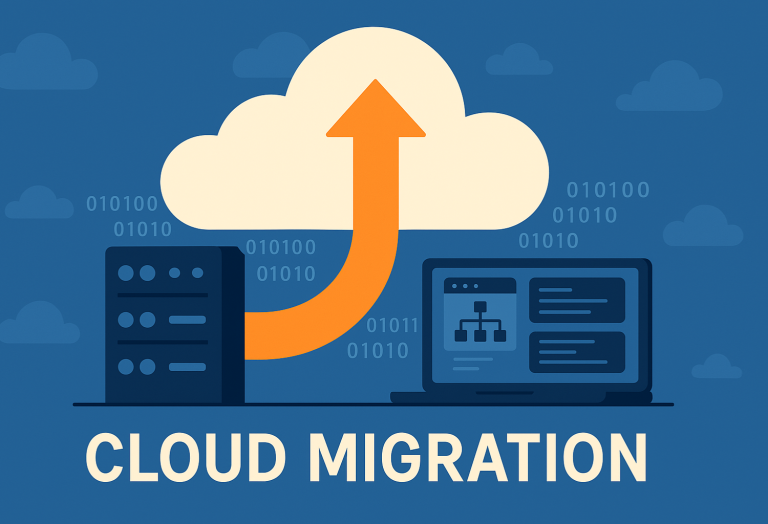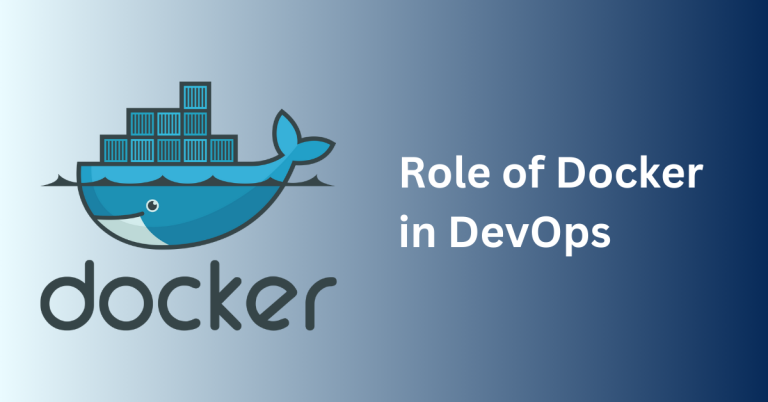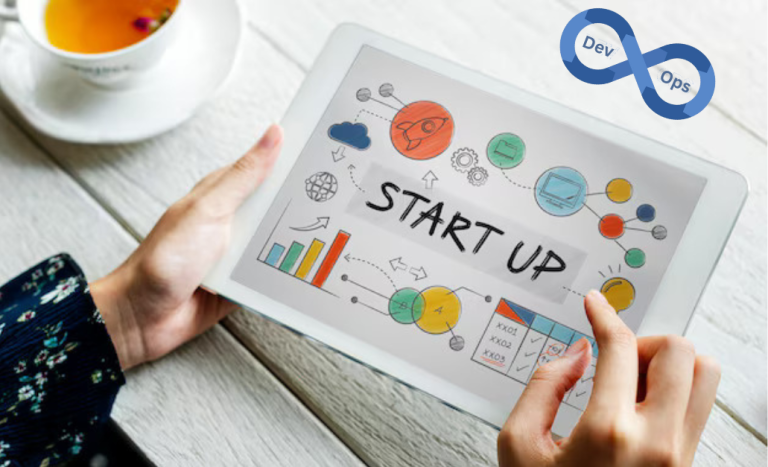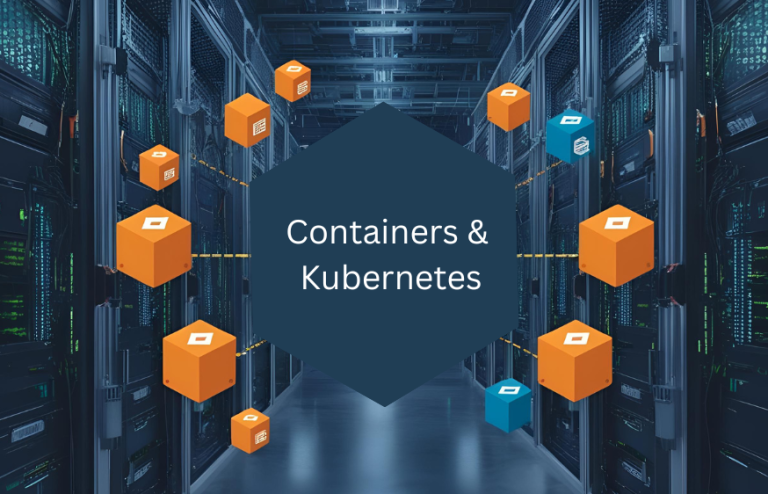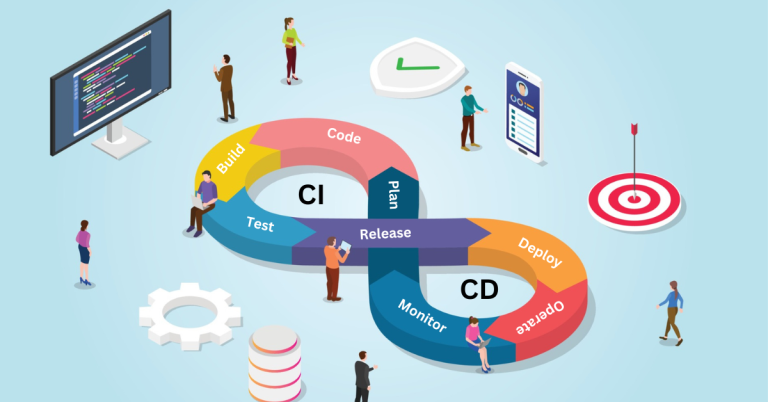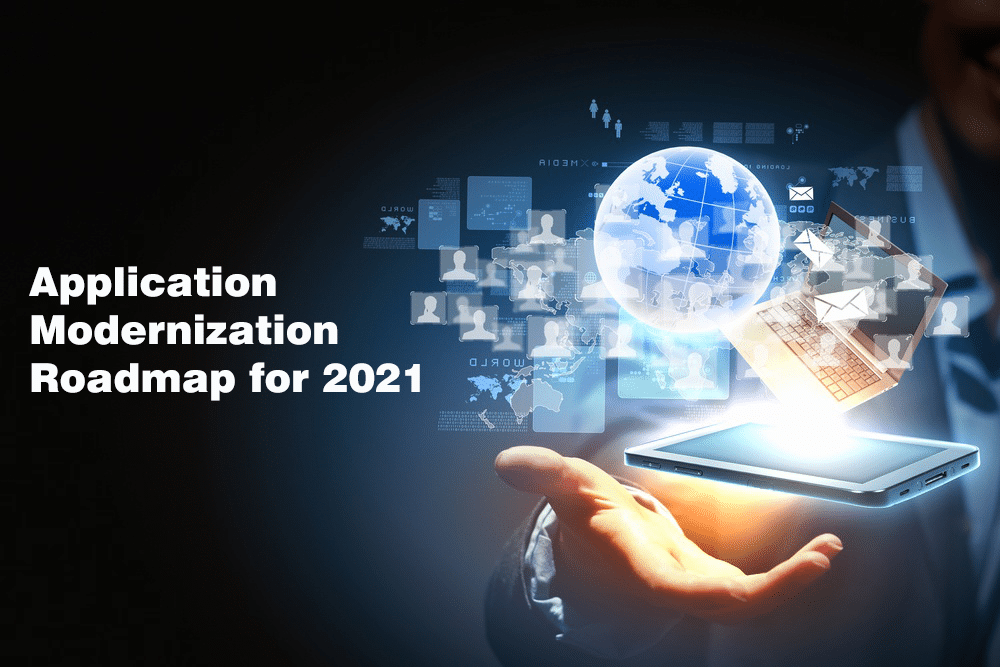
Moving to the public or private cloud is a key application modernization step for organizations starting fresh in 2021. There are Cloud IT consulting companies that can be your trusted partner on the path of cloud migration. After pandemic and subsequent lockdowns, more and more companies want to shift their legacy software and storage to the cloud. A key reason for cloud migration is reducing operational costs while accessing advanced services like AI and data science. Forward-looking companies also embrace cloud to create exceptional customer experiences, improve time to market, and accelerate innovation.
Therefore, the simple lift-and-shift migration approach will not help you to enjoy the advantage of all these benefits. Along with an efficient and effective migration, your organization requires to adopt a set of advanced technical and architectural transformations.
Why is Application Modernization Necessary for Legacy Applications?
Legacy applications are generally monolithic applications, which makes them difficult to update and expensive to scale. The modular architecture of the applications is one of the main reasons behind the update difficulty. As all of an application’s components move together, it becomes difficult to update and costly to add the latest features.
Application modernization enables microservice architectures with smaller, independent, and scalable components. Therefore, it becomes important to incorporate system modernization for better operations and cost reduction.
Roadmap of Successful Application Modernization
Application modernization systematically improves platform, architecture, and functionality.
Reverse engineering
Over time, the software systems need to update as the technology and business requirements changes. Understanding initial requirements ensures focus on business goals and smooth modernization.
Therefore, it is good to start an application modernization roadmap with reverse engineering of the existing system. Examine the original source code to restore lost design patterns, specifications, and business requirements. With a proper understanding of legacy source code, one can prepare a safe alteration plan and changes to the system. Along with that, this reverse engineering strategy can significantly simplify the whole process of system maintenance and evolution in the future.
Architecture transformation: From monolith to microservices
Next, distribute software architecture into independent, loosely coupled parts for a smoother cloud migration.
In most cases, the managed service providers (MSPs) decompose complex legacy software architecture into independent components—each of which covering a certain meaningful set of functionalities. This process helps to implement modernization in steps, which reduces the complexity as well as risks of large-scale architectural alterations. Decoupling and application modularization help in faster application deployment along with fault impact minimization when a server generates errors or stops functioning.
Service-oriented or microservices architectures enable dynamic scaling of independent nodes as needed, unlike scaling entire systems. This will not only optimize the time and reduce the expenditure but also keep the application highly available.
Containerization
In case of modular architecture, application modernization as well as cloud migration can be problematic with a huge number of components and their dependencies. It makes difficult to deploy, move, and manage an application. To eliminate such a chaotic situation, containerization is a suitable solution. This a basically a process of decupling—Containers encapsulate a lightweight runtime environment for an application along with all essential components like coda, libraries, configuration files and so on. Therefore, container-based applications can be deployed easily and consistently irrespective of the target environments like a private data centre, public cloud, or even a developer’s system. Containerization also eliminates the requirement of allocating one virtual machine for each module, which reduces infrastructure costs.
For Application modernization, containerization is an effective concept as it provides a clean separation of applications to make the operations simplified. The containers are also hardware-independent, which makes them highly portable and easy to migrate. Therefore, the deployment of a modernized system becomes faster and safe.
DevOps
In case of application modernization and cloud-native development, DevOps approach is a key practice. DevOps is mainly focused on removing barriers between development and operations. It also offers automated capabilities that can increase the productivity and accuracy of the development team. DevOps implies continuous integration of updated codes with a central code repository, which helps deliver automated and error-free outcomes that can be quickly deployed. The automated testing features of the process can reduce costs and speed up the deployment process by detecting defects in early stage. Automation also helps to eliminate the chances of human error and improve the performance of the application contributing to operational efficiencies and reduced expenses. Apart from this, the management of complex, distributed, modular systems also simplify.
Maximize Cloud with Application Modernization
It would be best to go for an efficient legacy application transformation process that is suitable according to your business requirement and budget. There are a handful of effective approaches to application modernization that focus on legacy system optimizations. It is important to understand which approach is applicable for your business and how the modernization initiatives are going to work.
If your team lacks confidence in application modernization or cloud migration, consider partnering with Managed IT services for support. You can reach out to Cloud Infrastructure Companies who are always ready to help with the application modernization cycle and cloud migration, from a feasibility study and an optimal migration strategy to modernization implementation.

